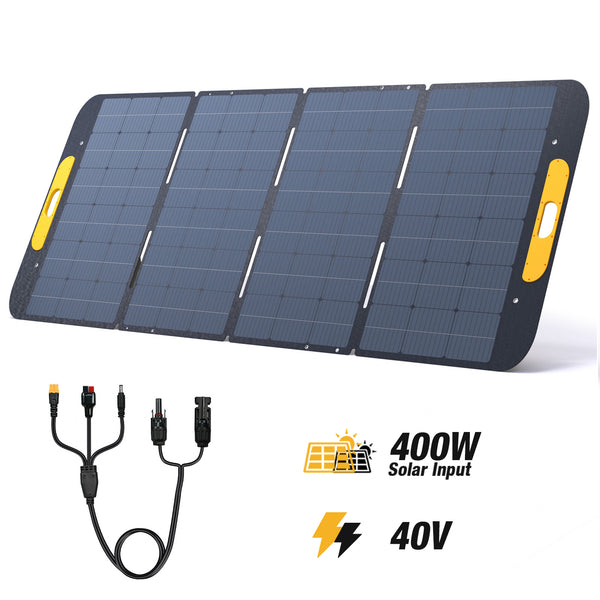When it comes to ensuring a comfortable indoor environment, understanding generator sizing for air conditioning requirements is crucial. A properly sized generator can provide the necessary power to keep your air conditioning system running smoothly, especially during peak demand periods. In this article, we will explore the key factors that influence generator sizing and how to determine the right size for your air conditioning needs.

Understanding Generator Sizing for Air Conditioning Requirements
Generator sizing involves calculating the total wattage required to operate your air conditioning unit effectively. This process is essential for ensuring that the generator can handle the load without overloading or underperforming. But how do you go about this calculation? Here are some steps to guide you:
- Identify the Power Requirements: Start by checking the specifications of your air conditioning unit. Most units will have a label indicating the wattage needed for operation. This information is typically found on the unit itself or in the user manual.
- Consider Starting vs. Running Watts: Air conditioning units often require more power to start than to run. This is known as starting wattage. Make sure to account for both starting and running watts when sizing your generator.
- Account for Additional Loads: If you plan to power other appliances alongside your air conditioning unit, be sure to add their wattage to your calculations. This will give you a more accurate picture of your total power needs.
Factors Influencing Generator Sizing
Several factors can influence the generator size you need for your air conditioning system. Understanding these factors can help you make an informed decision:
- Type of Air Conditioning System: Central air conditioning systems typically require more power than window units. Knowing the type of system you have will help you determine the appropriate generator size.
- Climate Conditions: In hotter climates, air conditioning units may run longer and work harder, necessitating a larger generator to meet increased demand.
- Usage Patterns: If you frequently use your air conditioning during peak hours, consider a generator that can handle the load consistently without strain.
Calculating the Right Generator Size
To calculate the right generator size for your air conditioning needs, follow these steps:
- Gather the wattage information for your air conditioning unit.
- Calculate the total wattage by adding the starting and running watts.
- Include any additional appliances you plan to power.
- Choose a generator with a wattage rating that exceeds your total wattage needs by at least 20% to ensure reliability.
Conclusion
In conclusion, understanding generator sizing for air conditioning requirements is essential for maintaining a comfortable environment in your home or business. By considering the power needs of your air conditioning unit and any additional appliances, you can select a generator that meets your requirements effectively. Remember, a well-sized generator not only ensures optimal performance but also enhances the longevity of your air conditioning system. Take the time to assess your needs, and you will enjoy the benefits of a reliable power source for years to come.



